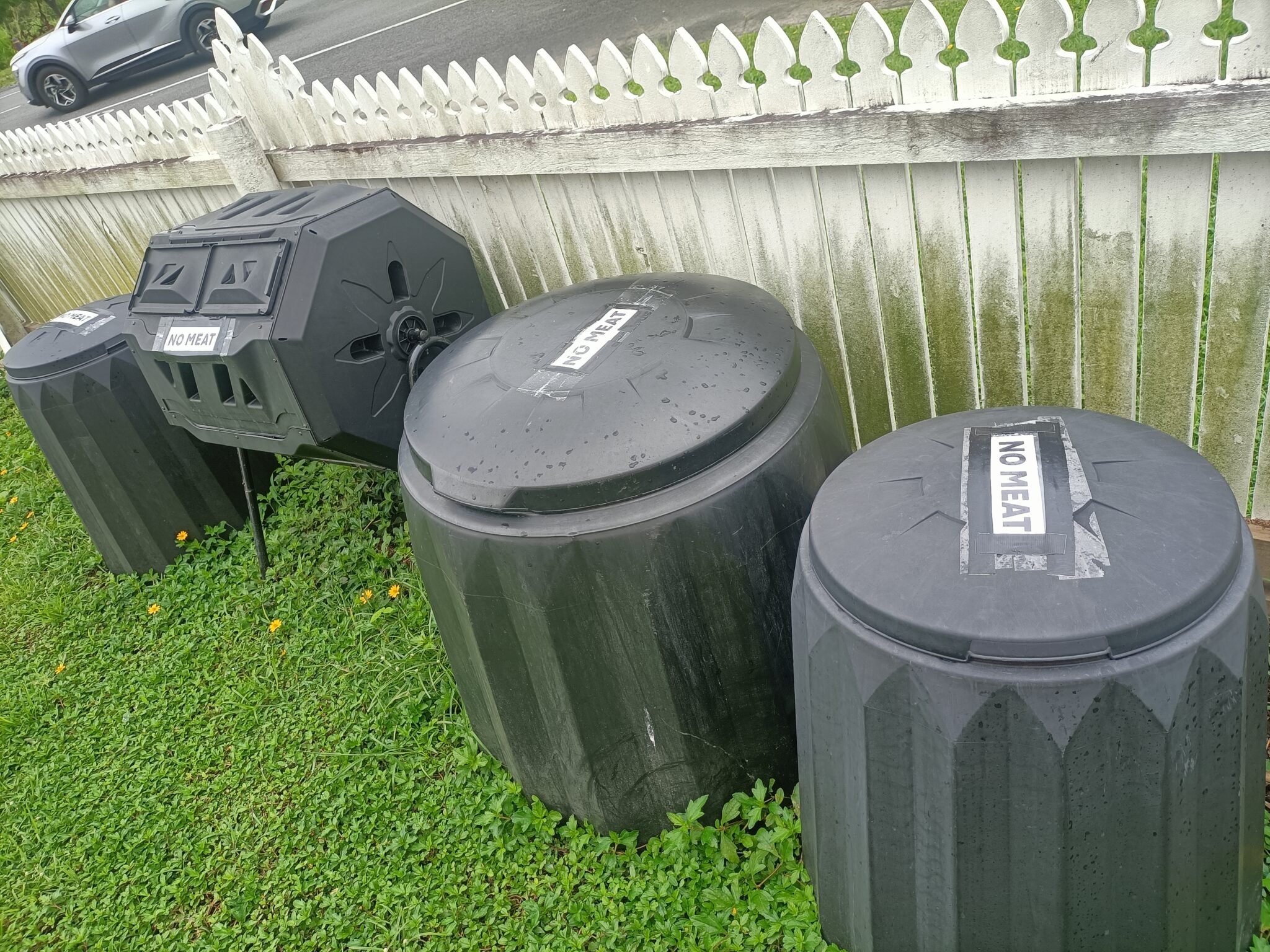It’s no secret that no one really likes cleaning out our office compost bin. It’s full of limp vegetables, bruised bits of fruit, and the remnants of last Tuesday’s lunch. Guides are also not thrilled about picking the forbidden piece of salami out of a pile of food destined for our big compost bin (where meat doesn’t belong). Despite this, each week the team at Small World Journeys carefully sorts not only our food scraps but our recyclables, landfill waste and soft plastics. Our Sustainability Coordinator then painstakingly weighs it all. Pain in the bum? Yes. But every member of the team recognises that to achieve a goal of reducing our waste by two percent each year we have to understand the amount of waste we’re creating in the first place. We can speak of lofty sustainability goals, but if we are not willing to do the grunt work needed to benchmark our efforts, then there is no point. We can’t manage what we don’t measure.
Conversely, it’s enjoyable for us to record the nuggets of goodness that we as a team and our customers are doing to improve the environment and support the community: how many trees our customers planted, how many hygiene helper packs they made for Cairns homeless, and how much rubbish was cleaned up from mangroves.
Some employers could see their sustainability efforts as something they need to coax their employees into supporting—especially when it involves the stink of rotting food–but I suggest the opposite is true: studies have shown that employees are happiest in their work when they feel that the company that employs them is working towards the greater good, and that they have a role in making that happen. True, it may take a little persuading to get everyone on the team to do things like rinse the crumbs from their soft plastic waste, but once a precedent is set most people come along for the ride, appreciating their employer is encouraging them to create some good habits.
It goes without saying that we also measure our power usage and water consumption, data that should be readily available to all companies. And when it comes to using fossil fuels, as a tour company we can’t avoid driving our customers from place to place. If we can’t avert the driving, then as a last resort we can offset the carbon emissions created from the use of these fossil fuels. Again though, our consumption of petrol must be measured. It is worth noting that as we grow as a business, naturally we will be using more power, petrol and water and producing more waste. However, we can look at the per capita figure and work on reducing that. In other words, how much are we consuming and wasting per customer? We can celebrate if, year on year, that number goes down.
I recall ten years ago Small World Journeys was attempting each year to measure and offset a carbon footprint that included our trip operations, our office operations, AND the operations of our suppliers, like the reef boats we used (considered to be Scope 3 emissions). It took hours of phone calls to our suppliers, with dozens of follow ups, to try to estimate their emissions. My calls were met with some indignation and distrust, and I had to repeatedly assure them I wasn’t a carbon policewoman or the “eco-patrol”.
I would like to think that as a Far North Queensland industry, we have moved beyond this kind of suspicion and all of us are now on a robust sustainability path. Indeed, we want to encourage trust and collaboration in order to broaden the Cairns ring of sustainability. In doing so, we will demonstrate that Far North Queensland has collectively invested in sustainability and shines globally as a beacon of ecotourism.
Laurie Pritchard
Managing Director
Small World Journeys
[email protected]
